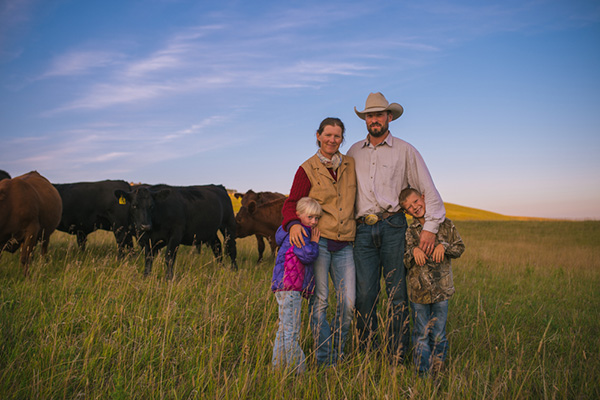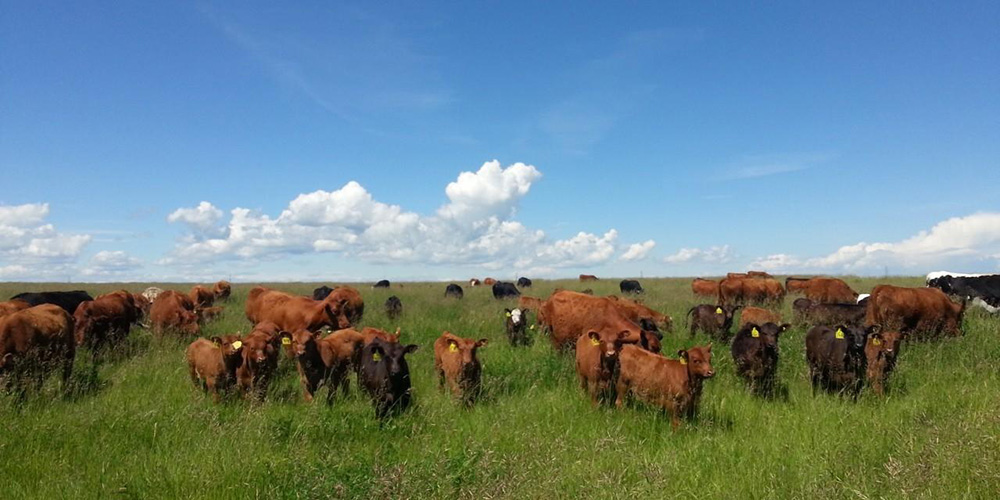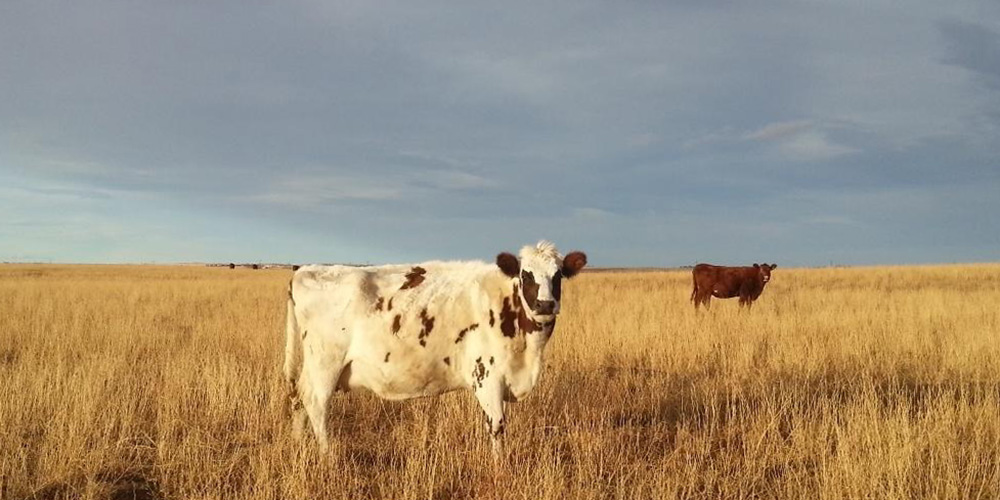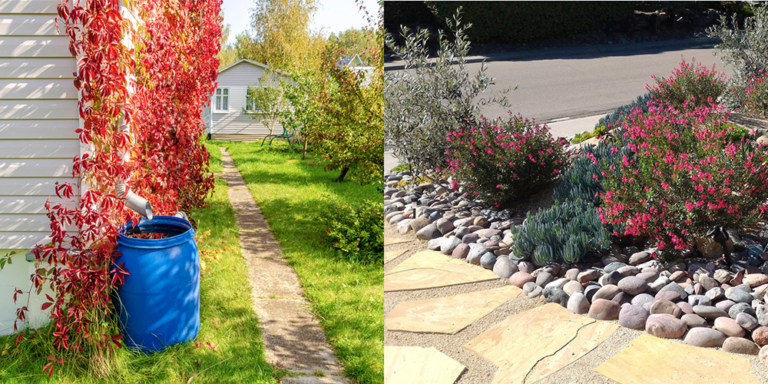Alberta’s beef industry is grappling with the repercussions of severe drought and heat conditions.
The dried-up landscapes, particularly in southern Alberta, have significantly reduced hay production, a vital feed for cattle during winter.
The drought has forced many ranchers and farmers to make tough decisions, such as finding alternative hay suppliers at higher costs or reducing their herd sizes.
Rachel Herbert, a rancher near Nanton, highlighted the dire situation, noting that where they once harvested around 600 large round bales of hay to feed her cattle all winter, there’s virtually nothing this year.
The scarcity has caused hay prices to double, and the cost of transporting hay has surged from $5 to $8 per kilometre due to higher fuel costs.

The Impact on Beef Prices
Ranchers can only raise their beef prices a small percentage or risk losing customers, and the small increases don’t cover the extra costs they incur.

Even though ranchers can’t increase beef prices by a large percentage, buying beef has become very expensive at the local store. People are facing sticker shock as prices have soared to near-record highs, growing 10 to 15% since the beginning of the year.
Sheila Hillmer of Alberta Beef Producers points out that while it may seem like ranchers are charging exorbitant prices, they are grappling with record-high feed, grains, transportation and cattle costs. Their already meagre profits are dwindling as a result.
The ranchers aren’t getting the windfall; it’s the middlemen and storeowners that are gouging.
Many ranchers, like Rachel Herbert, are turning to direct-to-consumer marketing to cut out intermediaries and retailers. The benefit is that ranchers can supply consumers with beef at lower prices than retail and make a better profit than selling at wholesale.
Unfortunately, it’s likely to get worse before it gets better. Dr. Sylvain Charlebois from Dalhousie University predicts another 10% rise by year’s end because of droughts, shrinking herds and inflation.
Local businesses, like the Urban Butcher in Calgary, have felt the pinch. Shane Eustace, the store manager, mentioned that while the demand for beef remains, the supply of premium cuts has dwindled.
The low supply and high prices have led many consumers like Ryan Martin to adjust their purchasing habits, opting to buy turkey or chicken instead of beef.
Fifteen municipalities and three Special Areas in Alberta have declared agricultural emergencies. Water sources are dwindling, with many springs running dry. Ranchers are constantly moving cattle to different pastures and even resorting to hauling water.
The Canadian Cattle Association reports that cattle herd numbers in Canada are at their lowest in over three decades. The current count is 11.27 million, down from 12.3 million last year.
Government Help?
Alberta’s Minister of Agriculture and Irrigation, RJ Sigurdson, assures ranchers that they are closely monitoring the situation.
The province has requested federal assistance and is working on drafting eligibility rules to help offset the extraordinary livestock feeding costs.
However, ranchers like Herbert feel these measures are merely a “drop in the bucket,” especially with the soaring trucking expenses.
To help ranchers during these challenging times, collaborative efforts between the provincial and federal governments and changes such as direct-to-consumer marketing are necessary.
Beyond that, the real challenge is the changing climate and how we can make cattle ranching more sustainable and resilient in the future.
So, if you want a family BBQ featuring top sirloin… be prepared to take out a second mortgage to make it happen!







